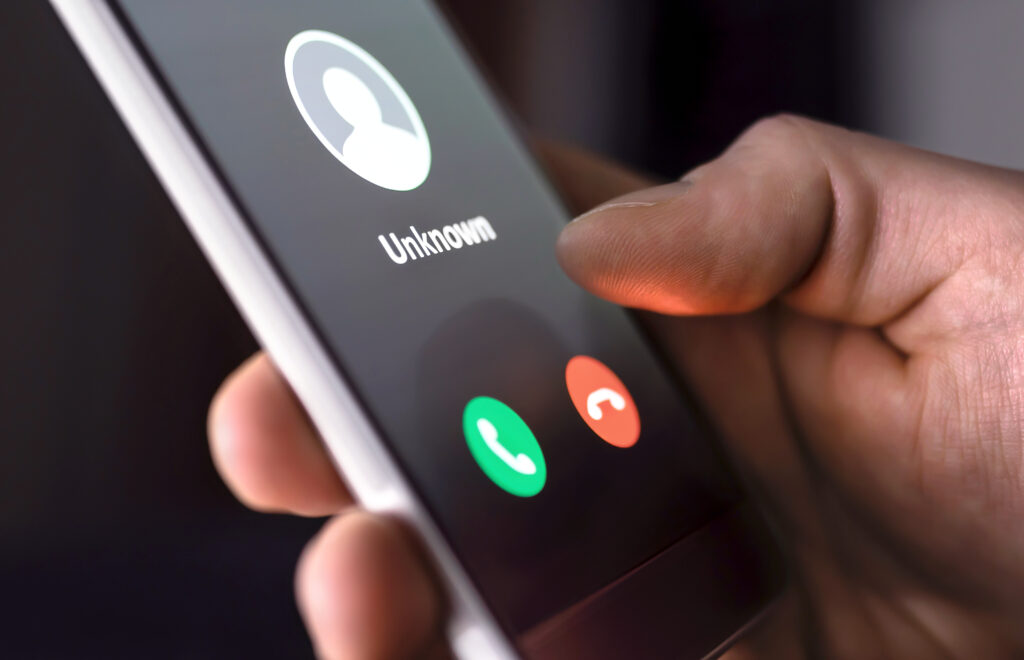As international students, you may often find yourself relying on public charging stations at airports, cafés and libraries, especially when you’re on the move between classes or travelling.
But The Daily Aus has recently shed light on a warning from the University of Technology Sydney (UTS) that may make you think twice about using these convenient amenities: the hidden cybersecurity threat known as ‘juice jacking’. UTS has informed students about this risk, urging caution when using these public charging stations. In this article, we’ll break down what ‘juice jacking’ is, why students should be aware of it, and how to protect yourself from it.
What exactly is ‘juice jacking’?
This peculiar term might sound like the latest health trend, but juice jacking is, in fact, a growing cybersecurity concern.
Juice jacking is a technique that malicious hackers use to take advantage of the dual function of your phone’s charging port, which allows both charging and data transfer. The term was first used in 2011 to draw attention to this potential risk.
According to The Washington Post, Ritesh Chugh, associate professor and technology and society expert at Central Queensland University, has said that public charging stations pose a “significant privacy hazard.” He reportedly added that research has found it could take less than a minute of charging time to compromise a user’s phone.
Even though most iOS and Android operating systems have added safety features to reduce the threat, it’s essential to understand that they are not entirely immune to this type of cyberattack.
How does this happen?
Here’s the tricky part, as detailed by Norton: hackers can manipulate public USB charging stations by inserting malware into compromised ports. When an unsuspecting user plugs in their device, they’re exposed to this malicious software. Whether you have an iPhone or Android, the power supply and data stream pass through the same cable, opening a pathway for potential cybercriminal exploitation. Risks include data theft, where a criminal can steal your personal information, and malware installation, where various malicious programs can be placed on your device.
Juice jacking may also allow cyber-thieves to clone your phone data or even demand payment to restore information if they manage to freeze or encrypt it. It’s a hidden risk that calls for caution when charging on the go.
How can I protect my device and data?
Worried about juice jacking? Here are some recommendations from UTS to help protect your data:
- Choose data-blocking adapters: These adapters can charge your device but block data transfer, providing a shield against potential malware. It may take a little longer for your device to charge, but the added security is worth the wait! You can purchase them from Security Base and Amazon.
- Embrace the traditional plug: When in doubt, plug into a standard wall outlet. It might not be as trendy, but it’s safer.
- Invest in a portable charger: A fully charged power bank can be your best friend during a busy day, ensuring a safe and reliable power source.
- Trust selectively: If your device asks to “trust this computer,” think twice. Trust should be earned, even with gadgets.
Stay informed and stay secure, whether you’re in a lecture hall or exploring your new home away from home. Your digital life is an essential part of your study journey, and keeping it safe should always be a priority.
Read more: Cyber Security 101: How to Outsmart Scammers and Stay Safe Online





